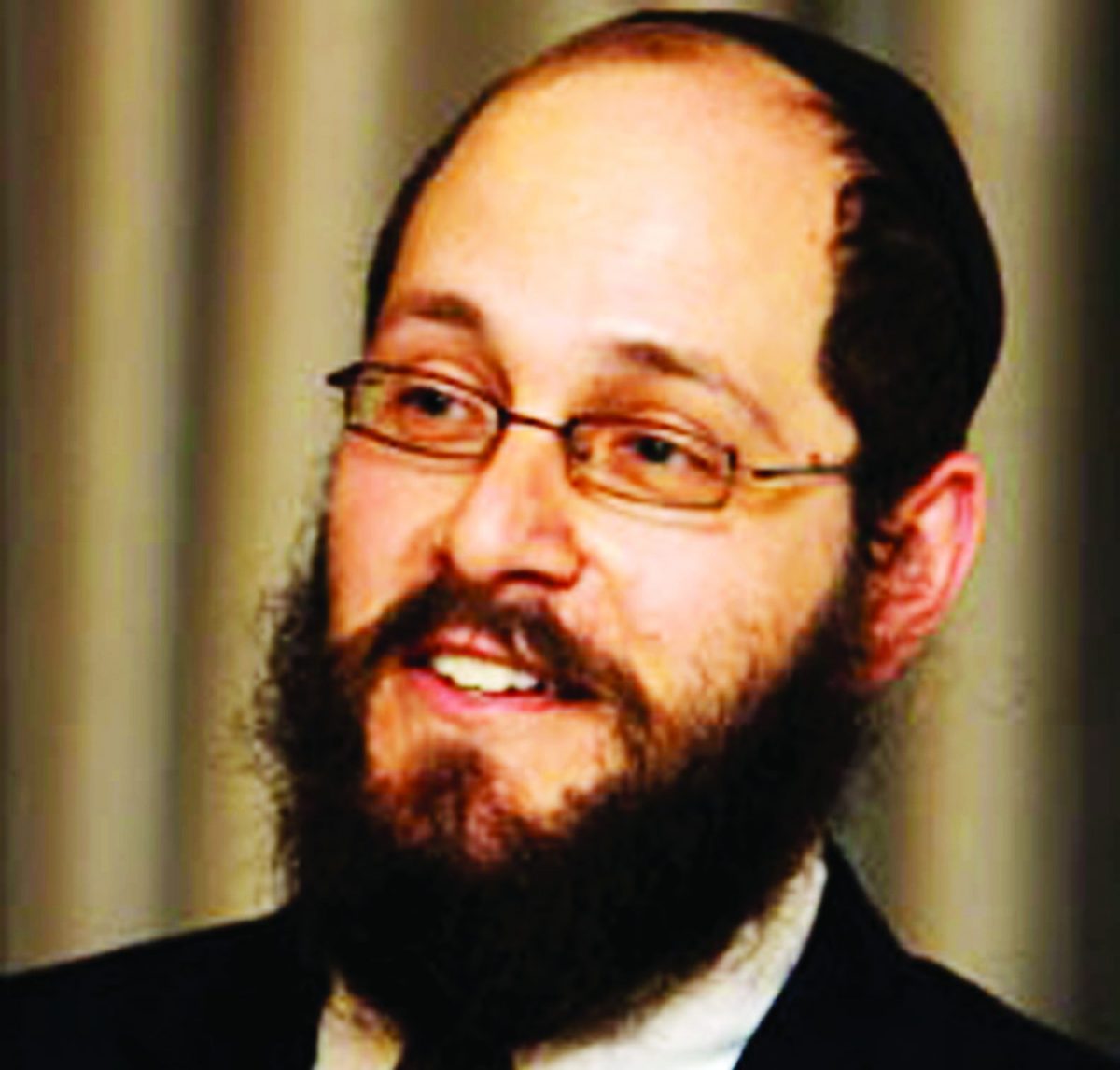
Parshot/Festivals

Real need for connection in a virtual world
Facebook isn’t a place for a nice Jewish boy, let alone a rabbi. That’s rich coming from me, a rabbi with a significant social-media presence. I was excited to join Facebook shortly after it launched, was one of the first rabbis on Twitter, and opened an Instagram account pretty much as soon as it went live.
Back in the days when a Zoom minyan simply meant that the chazan was in a hurry, I engaged social media in line with the Chabad attitude that, although we’d never own a TV, we would use any tech opportunity to spread the word.
Facebook was intriguing. It networked me with people from around the world (like in 2007, when I live-chatted with a Jewish student barricaded in his dorm room during the Virginia Tech shooting, and got a local rabbi to find him). It gave me an unprecedented teaching platform through adverts, posts, videos, and what has now become Facebook’s largest “Ask the Rabbi” group.
When I joined Twitter, I found a fellowship of tech-savvy rabbis who engage in cyberspace, and have become friends in real life (we even got to snap the largest rabbi-selfie in history in 2014). Then came WhatsApp and the most (invasive?) and effective means of messaging my community about just about anything.
One of the most crucial things they teach you in rabbi school is to know how to determine when something kosher turns non-kosher. We follow a simple principle: as long as a food emits flavour, it can’t absorb flavour. Get it? Yes, it’s a law about meat and milk (for details, ask your local Orthodox rabbi or check the “Ask the Rabbi” page on Facebook), but it’s a rule for life.
You stay kosher when you inspire your environment, rather than be inspired by it. That’s been my goal with social media (and why I deleted Tik Tok when I couldn’t find a way – or the time – to add value). Call me a hypocrite, but I’m the social-media rabbi who lectures loudly about why you shouldn’t be on social media.
We need real friends, not followers. We need face-to-face engagement not fleeting “likes” for things that we’ll never remember. We need uninterrupted conversation with actual people; conversations that aren’t punctuated by beeps and buzzes and, “Sorry, I just have to quickly reply to this.” Yes, I love the reach of my social-media presence, but I love social presence more.
Then COVID-19 arrived, and human interaction shut down. No more coffee convos or shul-time schmoozes. No guests at the Shabbos table. Our Pesach seder was family-only for the first time ever.
I had chosento be an early adopter of social media. I was forced, because of an overseas trip, to be an early-quarantiner, right at the start of the COVID-19 pandemic.
Just as I wound up my 14 days of isolation and prepared to resume running Chabad Strathavon, South African shuls closed their doors. G-d does have a sense of humour.
I’d been following the trends in Israel and New York, and appreciated that we’d be in some form of social hiatus for the better part of 2020 (perhaps longer). I realised that many would feel adrift, and that it would take considerable creativity to retain a community in spite of the imposed social distance.
All of a sudden, that objectionable tech that had wedged people apart when we had been able to converse across a table would become the only means to keep us together. The very tool that had undermined social connection would now preserve it. Our sages teach that G-d always prepares the cure before he sends the disease. We haven’t yet unearthed His solution for the virus, but we can now see how well He prepared us for the social challenges we’d face.
I tried Zoom pre-Shabbos drinks, and they flopped. I launched a short daily WhatsApp video inspiration, and it flew. Our family compiled a Spotify playlist to host a “virtual kumzitz” each Saturday night, but it plodded.
We changed tack, and started to invite members of the community to share their inspirational stories, and it took off. Our morning minyan gave way to a short shiur and tefillin get-together over Zoom.
Now that the minyan is back (kinda), those who are unable to attend still Zoom in to feel the shul energy. My weekly shiurim, which historically attracted a modest crowd around the table, now include participants from Israel, the United States, England, and the Netherlands.
I suspect that when we are able to resume in-person classes, we’ll have to retain the Zoom connection too, both for those abroad and for those who are happy to listen from bed.
All the tech is spectacular. It has allowed me to do things like speak in both Sydney and Atlanta on the same day, and send daily WhatsApp inspiration to hundreds globally. It has brought our community together in an unprecedented fashion.
It has opened the experience of exploring Judaism to those who hadn’t previously, in the hubbub of urban living, paused to consider it. Yet, at the end of the day, what I’ve learned more than anything is how much people appreciate a 30-second personal phone call or a challah delivered to their home on a Friday.
Whatever technology may provide, it will never replace the warmth of a personal gesture. When the COVID-19 barriers come down, I sincerely hope that we will remember to prevent virtual communication from interfering with human connection.
- Rabbi Ari Shishler is the rabbi at Chabad of Strathavon.










